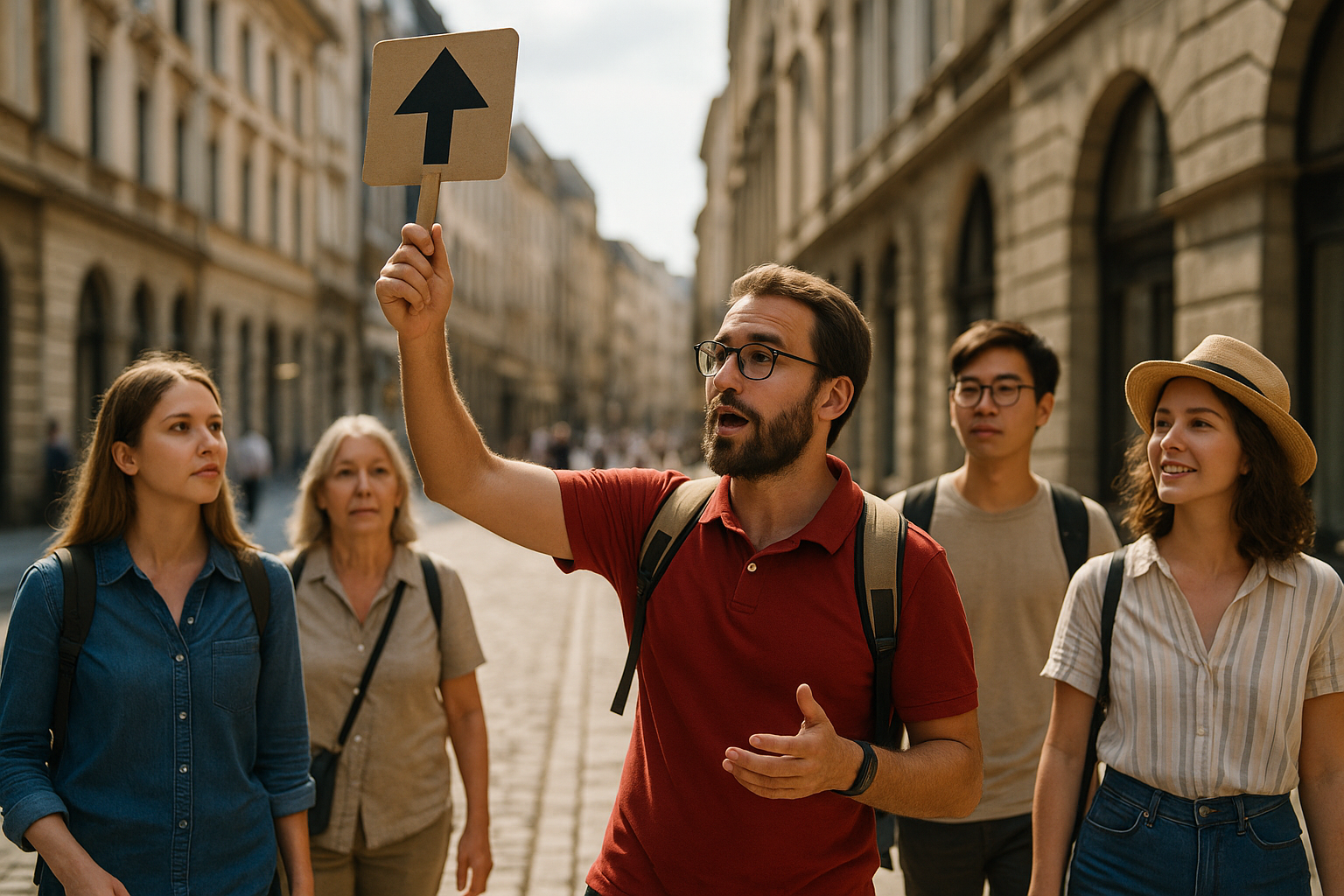Rediscovering Travel: The Reemergence of Walking Tours
Walking tours have been a part of travel culture for centuries, offering a unique and immersive way to explore new places. Recently, they've been making a resurgence, redefining travel and transportation standards. Let's delve into their captivating history, current trends, and their distinctive role in the modern travel landscape.

Strolling Down Memory Lane: The History of Walking Tours
The concept of walking for pleasure, exploration, and learning dates back to the era of the Grand Tours in the 17th and 18th centuries. During this period, young European nobles embarked on extensive journeys, primarily on foot, to broaden their cultural knowledge. This tradition continued into the 19th century, with famous authors like Charles Dickens and Henry David Thoreau popularizing the idea of walking tours in their writings.
Walking tours faded out of vogue with the advent of faster modes of travel. However, the rise of experiential travel in recent years has brought them back into the spotlight, redefining them as a trend-savvy choice for the modern voyager.
The Walking Tour Renaissance: Current Trends and Insights
Today, walking tours are not just about sightseeing; they are about immersive experiences, cultural exchange, and active exploration. Increasingly, travelers seek out personalized, curated experiences and a deeper understanding of local cultures, all of which walking tours can provide.
Moreover, walking tours have also found favor for their eco-friendly nature, aligning with the growing environmental consciousness among travelers. The shift towards slower, more mindful travel is another factor contributing to the reemergence of walking tours.
Advantages, Challenges, and Impact: The Walking Tour Effect
Walking tours have several advantages. They offer an intimate, ground-level perspective of a destination. They encourage active engagement, allowing travelers to pause, observe, and interact with their surroundings at their own pace. They’re also an excellent way for travelers to support local economies, as many tours are run by local guides.
However, there are challenges associated with walking tours. Physical fitness, weather conditions, and accessibility issues can affect the experience. Despite these challenges, the impact of walking tours is profound. They promote sustainable travel, contribute to cultural preservation, and foster a deeper appreciation for the world around us.
On Foot Insights: Walking Tour Tips
-
Plan Ahead: Research your destination and the walking tour options available. Consider the tour’s difficulty level, duration, and points of interest.
-
Dress Appropriately: Comfortable shoes and weather-appropriate clothing are a must.
-
Stay Hydrated: Carry water and snacks, especially for longer tours.
-
Respect the Environment: Follow the “leave no trace” rule to minimize your environmental impact.
-
Interact with Locals: Use the opportunity to learn more about local culture and traditions.
Walking tours are much more than a travel trend; they are a testament to travel’s transformative power. They remind us that sometimes, the most extraordinary experiences come from the simplest acts. Whether you’re navigating the cobblestone streets of a medieval city, exploring a bustling food market, or hiking through a tranquil forest, walking tours offer a pathway to the heart and soul of a destination. So, lace up your walking shoes and embark on a journey of discovery, one step at a time.




